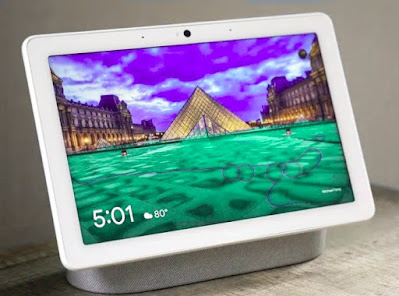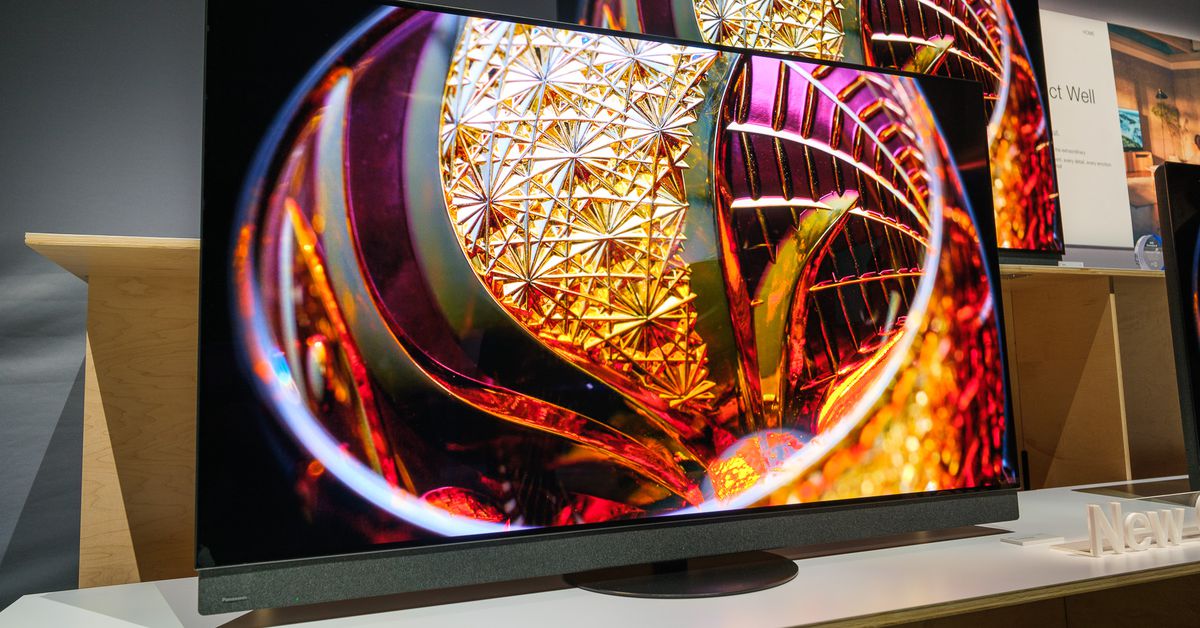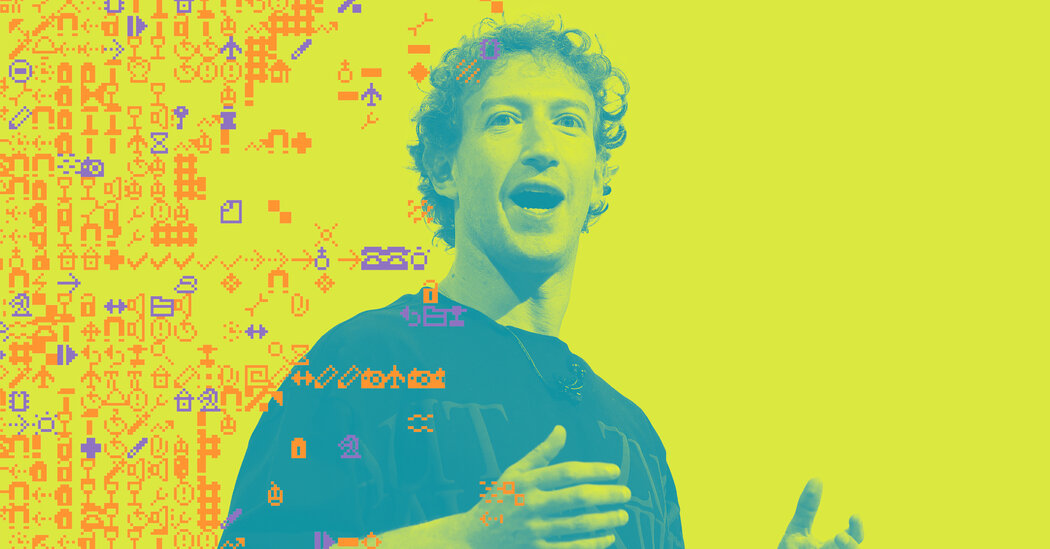Google is returning to the connected screens market with a new version of its Nest Hub. No design change but new features, including sleep tracking using a radar chip and a significantly lower price. The Nest Hub does more for less, and that’s the good news.
Two years after the first Nest Hub, Google has launched a new version of its connected screen. The new device highlights notable changes like sleep monitoring due to Soli radar technology that detects body movements without using a camera.
The aim is to provide a detailed account of our nights and assess their impact on our well-being. A service that will become chargeable from next year but which can be deactivated entirely.
In other words, an optional option that will initially appeal to e-health enthusiasts who do not want to wear a watch or a connected wristband at night.
Suddenly, in the other services offered by the Nest Hub, you have to find the reasons to choose it. And they are not lacking. This device costs less than the first Nest Hub that attracts more users.
What’s New In the Google Nest Hub?

The first change about the new Nest Hub is that it’s perfectly similar to its predecessor, except for one minor difference, i.e., the 7-inch touchscreen that no longer has that plastic edge as of the first model.
An evolution all in all anecdotal and which brings nothing to use. We are still on a finish combining plastic and fabric, but Google specifies that the Nest Hub 2 comprises 54% recycled plastic.
The speaker integrated into the base of the screen is supposed to deliver 50% more bass compared to the previous model, which did not shine with its audio quality.
The new Nest Hub is indeed a bit more enjoyable for listening to music or watching a video, but it still doesn’t match the performance of classic Nest Audio or Amazon Echo type.
We find the discreet style and the small footprint that we appreciated on the first Nest Hub, making it an easy device to integrate into an interior and move from one room to another.
A Versatile Screen
As for the design, Google has kept all the features that made the success of the first Nest Hub. Google Assistant has come with the visual support this time, a multimedia hub for listening to music or watching streaming videos, an excellent framework digital photo connected to the Google Photos service, a control centre for connected household equipment (lighting, thermostat, surveillance camera, etc.).
Google has added the ability to stream Netflix to the Nest Hub by switching to the Cast feature built into the app and other streaming platforms, including YouTube, MyCanal, Spotify, Apple Music, and YouTube Music.
Whether it’s following a cooking recipe on YouTube, listening to the radio, listening to music, checking the weather forecast, your calendar at a glance, or watching a streaming series, the Nest Hub proves to be a practical and versatile companion.
To date, it offers the best integration between Google Assistant and a screen. And on this new model, we can add the gesture to the word by using the motion detection of the Soli radar chip to control the play/pause of multimedia content, the repetition of an alarm or a timer.
Sleep Tracking
This is the big news: the Nest Hub sits at your bedside and watches you sleep. Well, not entirely since there is no camera. This is already reassuring a little more when putting the connected screen not far from his bed.
The system called Motion Sense uses the Soli radar chip to detect the electromagnetic field near the screen. This is why the Nest Hub should be installed about two feet from the bed and at sleeper height, pointing towards their chest. Three microphones and other sensors complete the device.
When you slip under the sheets, the screen activates sleep tracking (a small icon appears in the upper right corner of the screen) and detects when you fall asleep. From there, he will follow our journey in the arms of Morpheus by monitoring the phases of sufficient sleep, restless periods, snoring, coughing, breathing rate, as well as variations in brightness and temperature.
When you wake up, you can consult a report on the length and quality of your night, all accompanied by comments and suggestions. Statistics enthusiasts will go even further in detail by associating the screen with the Google Fit application, which delivers an in-depth and disaggregated overview over the week or month.
As we indicated in the preamble, the sleep tracking function will become payable next year, but Google has not given more information on this subject. Another important note is that cough and snoring data is processed locally by the Nest Hub and is not transmitted. It is even possible to turn off this function. And Google assures us that “your sleep data is not used for ad personalization purposes, and you can view and delete it whenever you want.”
After a good fortnight of using sleep tracking, our overall impression is quite positive. The system is easy to configure, is perfectly reliable, precise, and discreet. And we must admit that he was able to make us aware of certain habits that could affect the quality of our sleep. Not being inclined to wear a watch or a smart bracelet to sleep, this function suits us better. But from there, to pay to benefit from it, that’s another story.
Conclusion
For us, the absolute novelty of the Nest Hub is that it does more for less. It retains the strengths that have made the success of the first version as a screen connected versatile with Google Assistant, adding some welcome improvements such as the dissemination of Netflix and gesture control.
The sleep tracking feature is undoubtedly well thought out and valuable. Google has taken care to avoid any anxiety-provoking aspect by dispensing with the camera and making this service optional and deactivated. It’s worth a try, if only out of curiosity.
Still, for us, it is not in the bedroom that the Nest Hub can provide the most service daily. It will be much more helpful in a living room such as a living room, an office, or a kitchen. If you’re an Android user and you’re tempted by a connected screen, the Nest Hub 2021 is the best option right now.








Leave a Comment